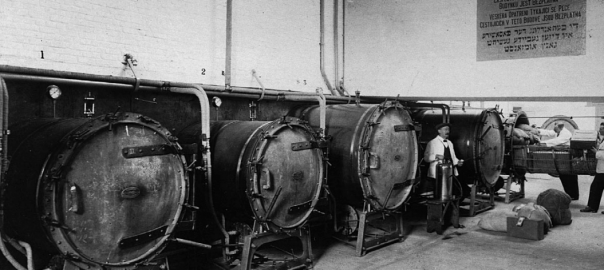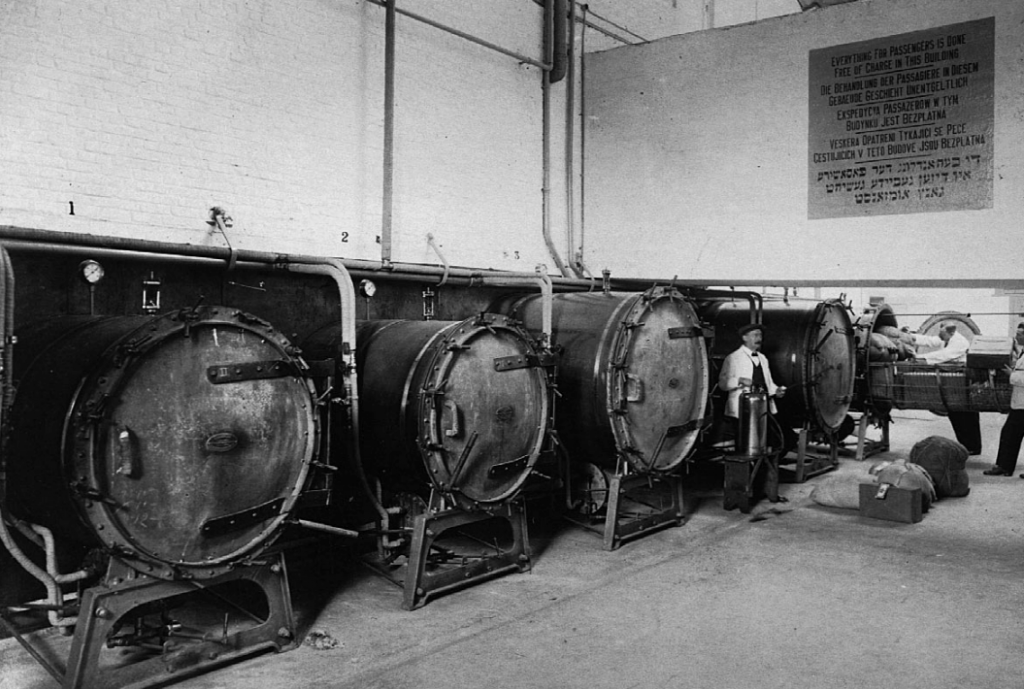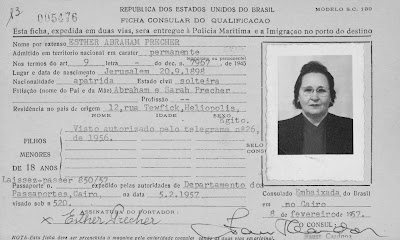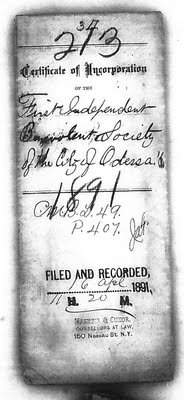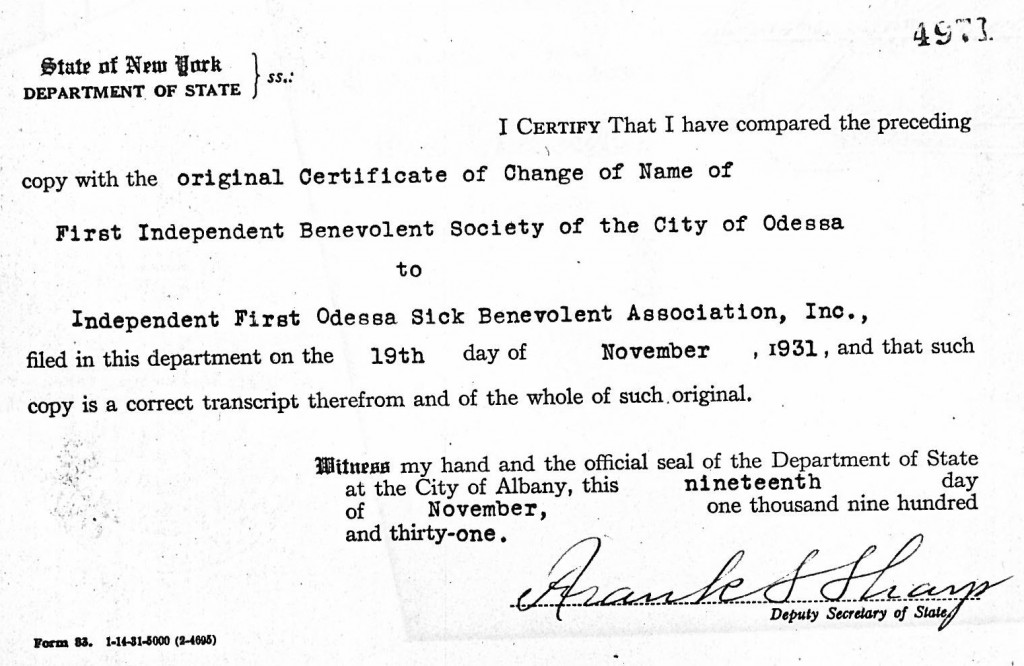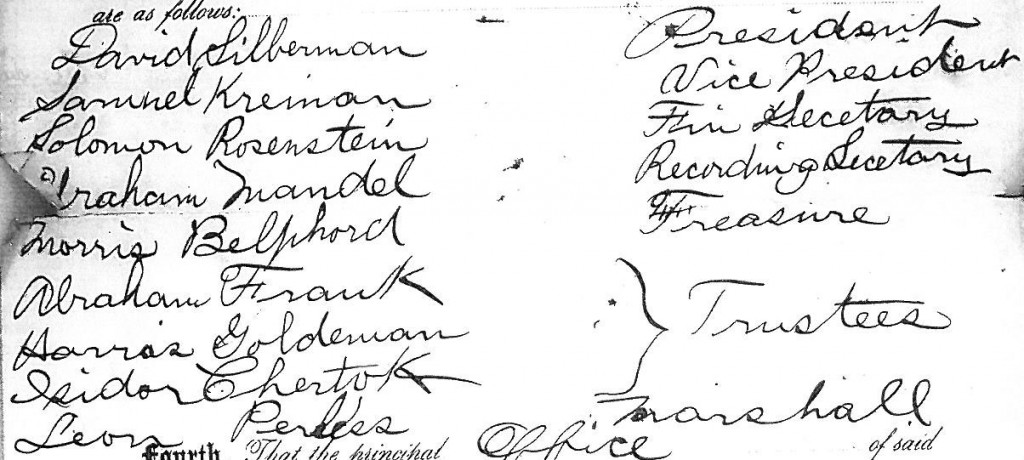JRI-Poland and the Polish State Archives have announced a new agreement to expand the availability of Jewish records from Poland. An earlier agreement which was in effect between 1997 and 2006 resulted in the indexing of more than 4 million records which make up the bulk of the JRI-Poland database. The cancellation of that agreement in 2006 was a major blow to Jewish genealogy. There have been ongoing discussions since 2007, but the resumption of cooperation did not materialize until now. This announcement, made on Friday, is much more than most expected, and well worth the wait.
The first major component of the announcement is that JRI-Poland will be able to add an additional million records to its database within the next year. That is in addition to the 4 million existing records already in their database that originate from the Polish State Archives.

presence of Polish Consul General Andrzej Szydło in Montreal, Quebec.
The second major component is that JRI-Poland will launch a new Order Processing System, which will allow people searching for records on the site to click on a record they want and order it directly on the JRI-Poland site using a credit card. JRI-Poland will handle the credit card processing and the archives in Poland will copy the records. For anyone who has dealt with ordering records from Polish archives directly, this is a major breakthrough.
While my Finding and getting copies of Jewish records in Poland article is still one of the most popular on this site, and was published in print as well, it is my hope that this announcement means that in the future that article will not be needed.
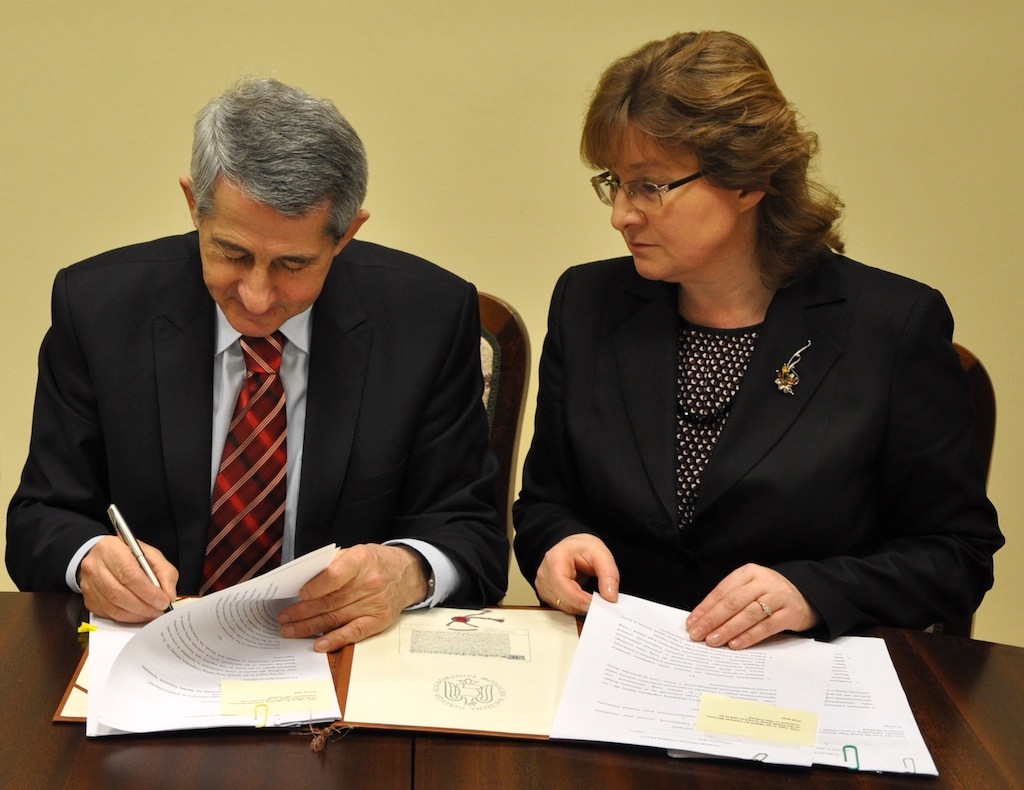
with JRI-Poland representative Krzysztof Malczewski (on left) looking on.
The third major component of the announcement is that the Polish State Archives is starting a major effort to digitize all of their records in all 30 Regional Archives, and make them available for free online. As these digital scans come online, JRI-Poland will link directly to the images from their database search results. As the images come online, the new Order Processing System will be phased out.
The announcement is available on the JRI-Poland site (in English) as well as the Polish State Archives site (in Polish).
I’d like to congratulate Stanley Diamond, the Co-Founder and Executive Director of JRI-Poland, as well as the other JRI-Poland board members, staff and volunteers who made this agreement possible.
I look forward to seeing the different elements of this agreement come to fruition, and will let readers of this blog know about things as they happen.

